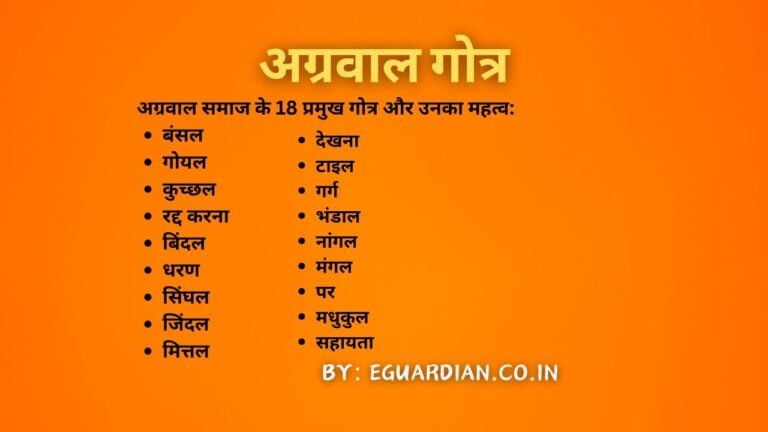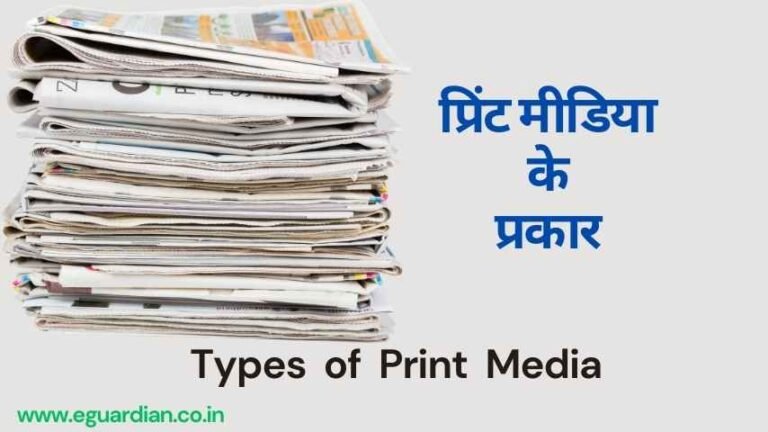Total Dalit population in India – Dalit caste & community in Indian Politics: There are 20.14 million Dalits in the total population of the country.
Scheduled castes are notified in almost all the states and union territories of India. 1241 ethnic groups have been notified as Scheduled Castes.

Introduction and meaning of Dalit
The literal meaning of Dalit is literally oppressed, exploited, suppressed, depressed, broken, crushed, ganged, crushed, mashed, crushed, destroyed. But now the Scheduled Castes are called Dalits, now the Dalit word is fully used for special caste.
Thousands of years of age are used collectively for all the vulnerable castes considered as untouchables or untouchables, which is situated on the lowest (fourth) notch in Hindu social system by Hindu scriptures.
Percentage of Dalit population in India
There is no part of the country where the people of the Dalit community do not live. According to the 2011 census of the Indian government, the number of Dalits in the country has been calculated as 16.6% of the total population.
Uttar Pradesh has the maximum Dalit population and 20.5% of the total population. After this, West Bengal is number 2nd, where 10.7% of the total population is Dalit. Bihar has the third number with 8.2% of the Dalit population and with 7.2% population Tamil Nadu at number four.
In 2011 census, the population of Dalits was reported to be 20.14 crores. However, organizations working on Dalit issues tell the number of Dalit society more than that. They alleged that under a conspiracy, the government reduced the population to the Dalit by reducing the population.
Considering the claims made by all the Dalit organizations, the total number of Dalits in India is approximately 31 million 75 lakh 42 thousand.
Statewise Total Dalit population in India
The number of people in the Dalit community in different states is as follows.
1. Jammu Kashmir: 52 lakhs
2. Punjab: 2.50 crore
3. Haryana: 1. 50 crore
4. Rajasthan: 1.05 crores
5. Gujarat: 90 lakhs
6. Maharashtra: 1.59 crore
7. Goa: 29 lakhs
8. Karnataka: 1.05 crore
9. Kerala: 40 lakhs
10. Tamil Nadu: 60 lakhs
11. Andhra Pradesh: 9 lakhs
12. Chhattisgarh: 49 lakhs
13. Orissa: 1.05 crores
14. Jharkhand: 50 lakhs
15. Bihar: 1.91 crore
16. West Bengal: 57 lakhs
17. Madhya Pradesh: 94 lakhs
18. Uttar Pradesh: 14 crore
19. Uttarakhand: 48 lakhs
20. Himachal: 84 lakhs
21. Sikkim: 10 lakh
22. Assam: 29 lakhs
23. Mizoram: 7 lakhs
24. Arunachal: 9 lakhs
25. Nagaland: 12 lakhs
26. Manipur: 19 lakhs
27. Meghalaya: 20 lakhs
28. Tripura: 23 lakhs
This is a quarter of the total population of India. Modern capitalism and imperialist rule have made strong attacks on India’s ethnic system. Nevertheless, the Dalits were always protected, like the basic brick of this arrangement, in order to keep the caste system alive. Flourish Caste system was also kept alive in the constitution of India by using Dalits.
FAQs on the Dalit population in India
Question: Which state has the highest Dalit population?
Answer: Uttar Pradesh
Question: Which state has the lowest Dalit population?
Answer: Sikkim
Question: Which is the state has the best Economic status of Dalits
Answer: Punjab
Question: Which State has the highest Dalit sarpanch?
Answer: Rajasthan
The present situation of Dalit reservation in India
The Dalit community is angry with the decision of the Supreme Court on Scheduled Caste and Scheduled Tribe Act. There are reports of violent demonstration from different parts of the country during today’s bandh on this issue.
Given the dissatisfaction of the Dalits, the Modi government has filed a retrial petition in the Supreme Court. Opposition or the government does not want to show itself against the Dalits at this time and there is a reason for this.
The Dalit community is a major force in the country’s state. According to the 2011 census, the population of Dalits in the country is about 17 percent.
विश्व के प्रमुख धर्म और हिन्दू, इस्लाम, ईसाई, यहूदी, पारसी, सिक्ख धर्म का इतिहास
Dalit caste & community in Indian Politics
Dalits have played an important role in the success of BJP’s 2014 Lok Sabha elections. That is why the BJP is in a state of confusion that the disillusionment of the Dalits would not be expensive for them in 2019.
This is the reason why the Modi government filed a reconsideration in the Supreme Court, without delay, under the SC / ST Act.
There are a total of 543 Lok Sabha seats in the country. Of these, 80 seats are reserved for Scheduled Castes and Scheduled Tribes. In the 2014 Lok Sabha election, BJP won 41 seats out of these 80 seats.
However, due to the defeat of Ratlam Lok Sabha seat in Madhya Pradesh later, it currently has 40 seats. Not only this, the BJP had won all 14 reserved seats in Uttar Pradesh.
In the elections of Uttar Pradesh, Punjab, Bihar, Maharashtra, and Madhya Pradesh, Dalit voters play a very important role. Given the political power of the Dalits, the political parties of the country are engaged in the exercise of bringing them in their own right.
Punjab is the largest state with the Dalit population. 31.9% of the population is Dalit and 34 seats are reserved. Uttar Pradesh has around 20.7% Dalit population and 14 Lok Sabha and 86 assembly seats are reserved. BJP had won 14 Lok Sabha and 76 Assembly seats. In Himachal, 25.2%, Haryana has 20.2 Dalit population.
Madhya Pradesh has more tribal population than Dalits. The Dalit community has a population of 6 percent, while the tribal population is around 15 percent. 10.7 in West Bengal, 8.2 in Bihar, 7.2 in Tamil Nadu, 6.7 in Andhra Pradesh, 6.6 in Maharashtra, 5.6 in Karnataka, 6.1 in the state of 6.1 percent of the Dalit community.



